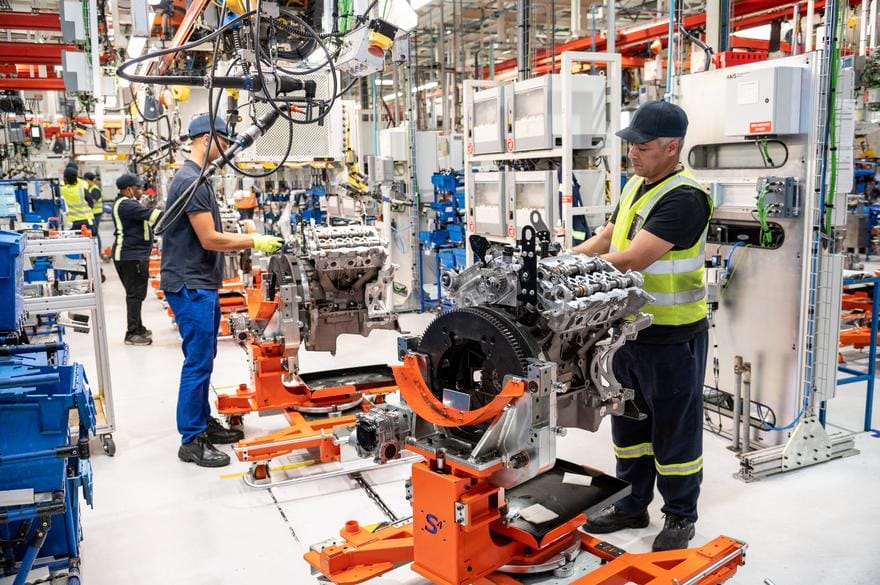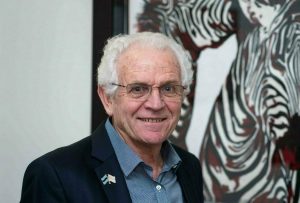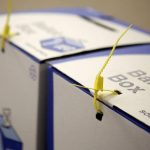When I was young I would have argued with anyone that Ford was a South African brand. What do the men say, one liter of brandy – two liters of Coke and a three liter Ford…?
I later learned that Ford is as American as the red, white and blue star studded flag. Or is it? South Africa contributes a lot to Ford as a brand. For example, its extremely popular Ranger is produced locally in its Silverton plant in Pretoria. That very Ranger was chosen this year as our car of the year by the South African Guild of Motoring Journalists.
The Ranger’s engines are manufactured at the Struandale engine plant in Gqeberha, or PE in old money. As far as I know, this is the only engine plant in the world where a four-, five- and six-cylinder engine is produced back-to-back on one line. These are Ford’s old 2.2 four-cylinder turbodiesel, 3.2 five-cylinder turbodiesel and now the new 3.0 V6 turbodiesel.

Ford took us through this plant a while back and showed us when they started to expand the 2.2 and 3.2 line to accommodate the V6. It boggled my mind a bit to see how the engineers extended the line, cut the hole in the floor and extended the chain – then installed and programmed all the machinery.
Far beyond my mind. That line has now been completed and is running klopdisselboom. The second line at the factory produces the 2.0 single and twin turbodiesel engines on a separate line.

I ask Shawn Govender, plant manager at the Ford Struandale engine plant if they are done for now. He confirms that the current expansions have been completed – but that projects that could potentially secure the plant’s future in the following decades are being looked at continuously.
Met by wide eyes, I asked: “Men, let me ask the question directly. How do your figures look in terms of reliability? There will be a target.”
Shawn thought for a second and answered directly: “We are absolutely satisfied with our reliability information coming back.
Every dear engine is kept track of and every piece of information is stored on a central database. We are currently working well within the guidelines that Ford has set for us, and could not be more grateful for the growth in demand for the V6 engine that no one predicted would grow like this!”
So everything is going perfectly then? Well, no – not quite. Ford is doing a fantastic job – apart from the challenges they have. The Struandale engine plant’s biggest challenge is load shedding.

It affects all three facets of the business: quality, cost and delivery. The plant is badly affected, but so are the suppliers on which the plant relies. If that chain is hit hard enough, the Silverton plant that builds the vehicles also collapses if there are no engines.
It’s an ongoing battle – but Shawn and his team strive daily to deliver the best quality product, at the best price, on time every day.
Another challenge currently plaguing the Eastern Cape is drought and water shortage. Over the past five years, however, this plant has installed water tanks to collect rainwater and installed faucets and toilets that save large amounts of water.
Simply put, they have no other option. They are not the only plant in the world that produces these engines, and compete with other Ford plants around the world for volumes and market share.
One cannot imagine it, but if it were impossible to do business here, Ford would simply buy the engines elsewhere – and that would be an unnecessary blow to unemployment in the Eastern Cape, something they are already struggling terribly with.
As we walk through the plant and they show me all the innovative technology, I am amazed. Every step in the engine manufacturing process is photographed and measured. With infrared and laser cameras.

This footage compares the unit under construction with the specifications set by the engineers. If anything is several microns out of place, the line stops right there. Each item is done with pinpoint accuracy, essential to meeting the reliability targets.

In a separate building, the cylinder heads for the V6 diesel are produced. The raw aluminum is cast in Germany, then the rest of the process is completed on home soil.
Where engines were chosen at random, bolted in a dynamometer and then tested “hot”, every dear engine is now tested cold. There is a machine that measures every aspect of the engine, the resistance that the crankshaft offers and only if each dear engine passes this test may it progress further down the line.
It’s a belt under the heart to see the technology that Ford has. Despite every possible challenge, they progress and try to secure the future of the local industry.








